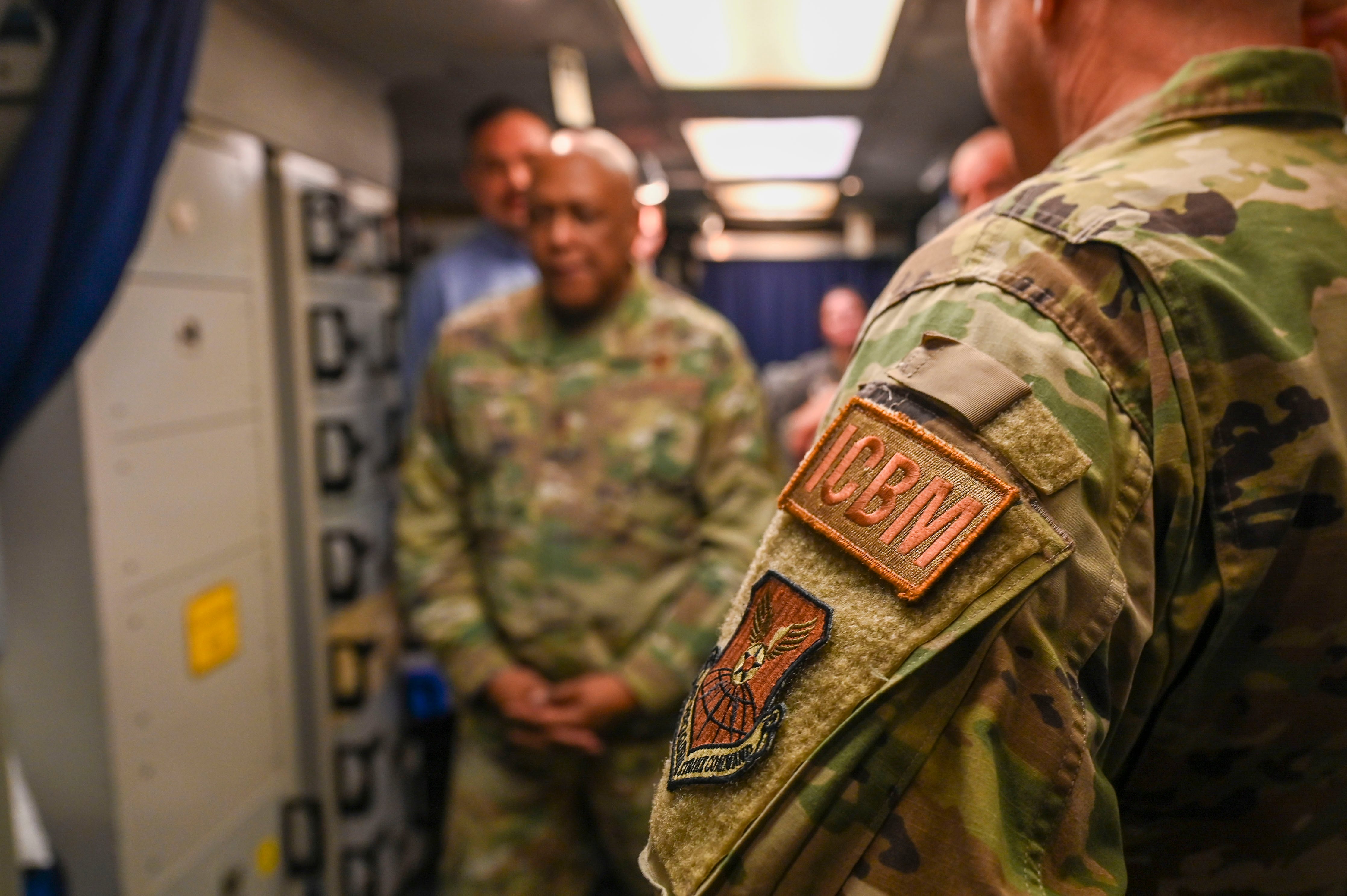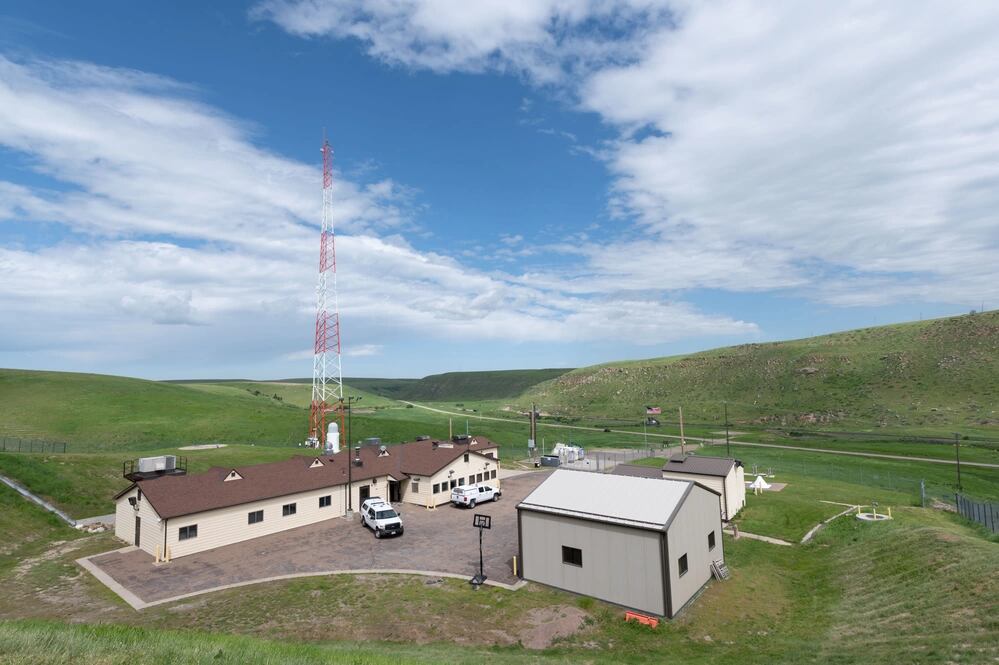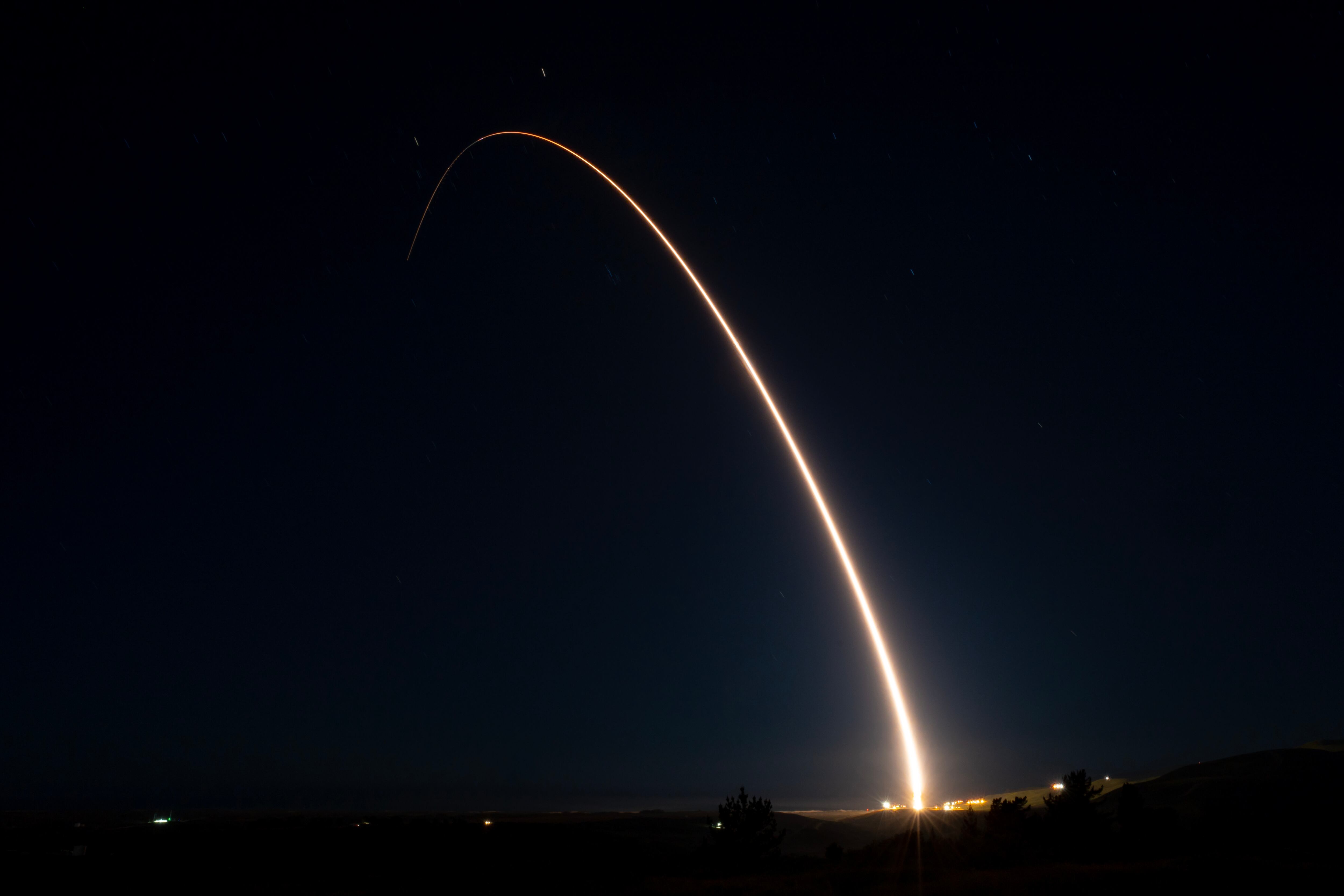Sampling for toxic substances at Vandenberg Space Force Base, California, revealed no significant findings as part of an ongoing review of cancers within the Air Force’s missileer community, the service announced Monday.
The Air Force tested the air and swabbed surfaces while looking for dozens of poisonous chemicals and polychlorinated biphenyl, or PCBs, in missile alert, launch and training facilities at Vandenberg, where airmen test unarmed Minuteman III intercontinental ballistic missiles. Researchers also sampled a deactivated alert and launch facility for the now-defunct Peacekeeper missile.
RELATED

Tests finished in February after Vandenberg was added to a list of nuclear missile bases where the service is looking for carcinogens. The probe began last year after reports began surfacing that several missileers, who work underground to operate the nation’s silo-based nuclear missiles, had been diagnosed with non-Hodgkin lymphoma, a blood cancer, after serving at Malmstrom Air Force Base, Montana.
Hundreds of cancer cases at Malmstrom, Vandenberg and other nuclear missile bases, including F.E. Warren AFB, Wyoming; and Minot AFB, North Dakota, have come to light since then.
Vandenberg is home to Air Force Global Strike Command’s 377th Test and Evaluation Group, which supports missile testing, and Air Education and Training Command’s 532nd Training Squadron, which trains about 450 missile operations officers and enlisted missile maintainers annually.
According to results released Monday, three out of 116 surface swipes for PCBs, a class of chemicals used in oils, electrical components and more and which were banned more than 40 years ago, detected the carcinogen, but each was below the federal threshold for remediation of 10 micrograms per 100 square centimeters.
RELATED

Among the findings:
- One sample in Launch Facility 9 detected 1.53 micrograms per 100 centimeters on a surge arrester;
- Two samples in Missile Alert Facility 1A detected 1.9 and 1.18 micrograms per centimeter on a control panel.
“These sites will be labeled and access limited to these areas to further limit risk to personnel,” the Air Force said in a release Monday.
One out of 51 air tests for volatile organic compounds, gases typically found in industrial settings detected ethylene dichloride, a component found in leaded fuels and used in adhesives, fumigants and to clean textiles and degrease metal, the Air Force said, but at a level that did not require remediation.
Results from a radon test, which take more time to gather, will be issued separately.
Unlike testing at other nuclear missile bases, the Air Force said it did not sample soil or air at Vandenberg for organophosphates, a class of insecticides, because the base is not located near agriculture and uses municipal water.
RELATED

The Air Force in March released results of a second round of sampling at active nuclear missile bases, which did not reveal significant contamination. A third seasonal round is underway that will not include Vandenberg, Col. Tory Woodard, commander of the Air Force School of Aerospace Medicine, which is running the study, told Air Force Times in an email.
That’s because the base’s missile training facilities are not occupied around-the-clock like the others, and central California’s weather doesn’t fluctuate much throughout the year.
“Like all bases involved in the study, though, Vandenberg will continue to have environmental sampling and monitoring performed in the future,” Woodard said. “These future efforts will be driven by the findings of current epidemiology and environmental sampling efforts.”
The results in March came as the Air Force released findings from the first of several phases in a study to determine if missileers and the community that supports them have been disproportionately diagnosed with cancer. While initial data does not support that theory, the service wants to look through more medical records before drawing conclusions.
“Leadership remains committed to a comprehensive, science-based, transparent [missile community cancer study] serving our nuclear force and families,” Air Force Global Strike Command Deputy Commander Lt. Gen. Michael Lutton said in a release.
Last week, the Department of Veterans Affairs said it is considering extending automatic disability benefits to troops who worked in the nuclear missile community after it was petitioned to do so in a letter by the Torchlight Initiative, a grassroots organization founded to advocate for airmen and their families who have been diagnosed with cancer.
Torchlight has found 454 self-reported cancer diagnoses among troops and their family members to date, including 302 among missileers.
Courtney Mabeus-Brown is the senior reporter at Air Force Times. She is an award-winning journalist who previously covered the military for Navy Times and The Virginian-Pilot in Norfolk, Va., where she first set foot on an aircraft carrier. Her work has also appeared in The New York Times, The Washington Post, Foreign Policy and more.





